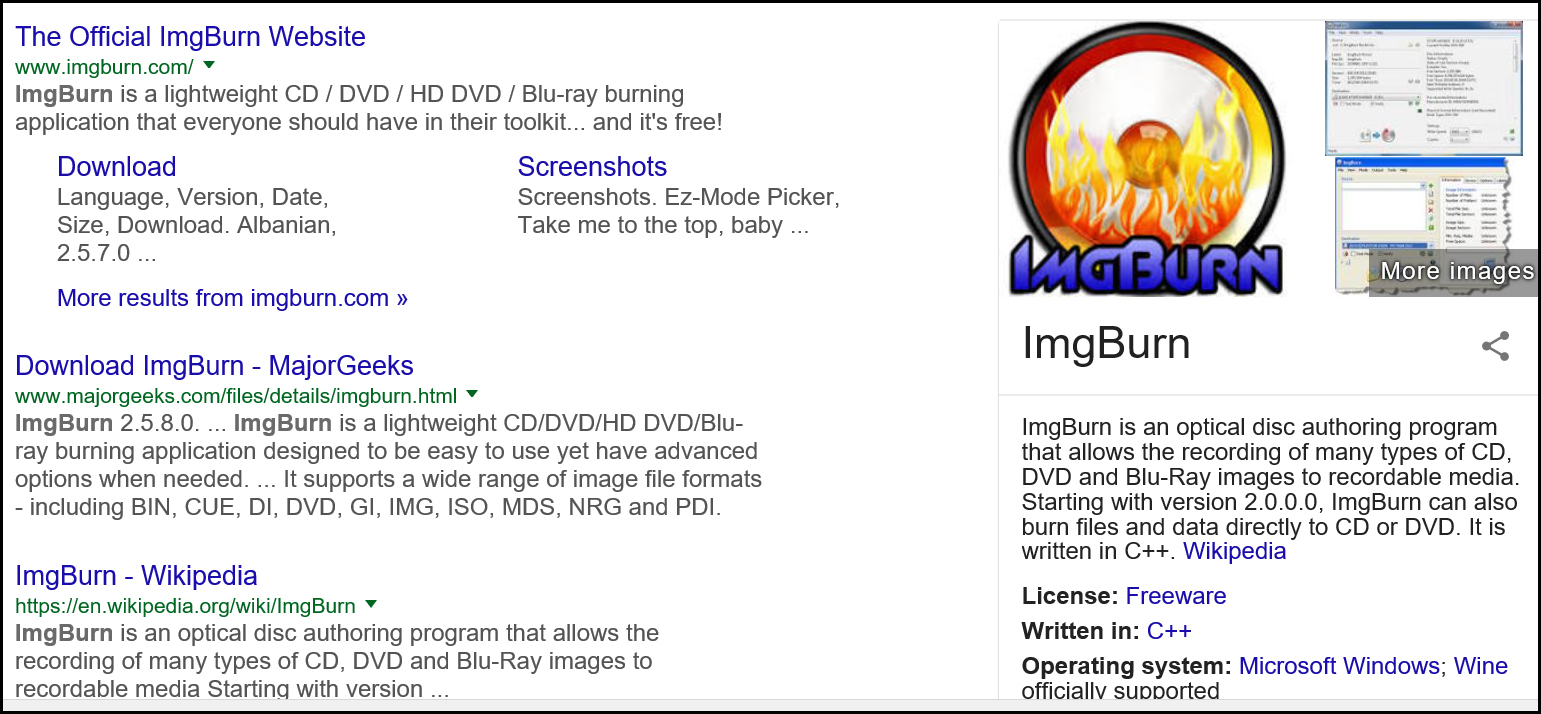

This application lets you record analog sound onto your hard drive. When you are ready to burn a CD, instead of clicking on iTunes’ “Burn” button, just drag the playlist onto the Toast audio window. You can create a playlist of MP3 or AIFF digital recordings in iTunes. You can also use Toast 5 in conjunction with iTunes. You can drag individual MP3 files to the Toast audio window. Toast automatically converts MP3 files to standard Red Book audio CD format. You can burn new audio CDs from these AIFF files, or convert them to other formats such as QuickTime movies or Sound Designer II files.

Another method for creating new CDs from prerecorded audio CDs is to use Toast Audio Extractor to copy audio tracks to your hard drive. When you start to record, Toast will prompt you to reinsert the appropriate audio CDs as needed. If you click on the “Internet” button, Toast will access the FreeDB database and find the titles and track names for your prerecorded audio CDs. A nice feature is “Toast Greatest Hits.” You insert audio CDs into your CD-ROM drive and drag the tracks you wish to record onto the Toast audio window. Thank you for your time and appreciate any tips on optimal (cost-effective) storage, whether I need to go down the SSD or RAID path or best configuration of what I've got.Toast can create audio CDs from nearly any format: prerecorded audio CDs, MP3 files, other digital sound formats, and from analog sources such as phonographs or tapes. Should back ups be stored on a different drive, separate from the generated media that's on the Lacie? Do they take up much space? What's the ideal location for them? If I'm using proxy media to save space initially, is that best stored on the Lacie as well as the project files etc or is it best not to read from and write to the same drive when editing?ĭo I then need somewhere else to store the optimized and/or consolidated media when I get to that point? Doubt there'll be enough space on the 2TB Lacie?ĭoes Motion content use up a lot of space if it's stored in Movies on the laptop? Is it better stored on the Lacie with the cache files? Or somewhere else? Is it as simple as it sounds to relink/optimise to all the original media when needed? (It's all on the one drive so not hard to find.) I am not clear if FCP will be talking to the Seagate constantly if I leave the source media there "in place" and if that will slow editing down when it's running on USB 3.0 ? (also more wear and tear on the mechanical hard drive). I'm thinking of leaving files in place when I import and cutting with proxies to log and for initial roughcuts to save space, thinking I can just take the Lacie with me when I'm off site (not connected to the Seagate hard drive). I was keen not to store anything on the MBP SSD to keep it clear.


I also have a 2TB LACIE (Thunderbolt) which I was thinking I'd use for project files (generated media).
TOAST BURN TO MULTIPLE RECORDERS PRO
Is it best to save managed (source) media on a different drive from generated media (render, motion, cache files)? And store back ups on another drive again?Īll the wilds (Go Pro and XD-CAM) are stored one one 8TB Seagate hard drive (USB3.0) but with copies on other drives. I'm exited to be graduating from FCP on a mid-2011 iMac to a new MacBook Pro with 16GB memory running Big Sur v. I'm working from home, flying solo, on a self-funded passion project with 3.5 TB of wilds. I'm largely self-taught on FCP X, from sitting in on FCP 7 and AVID edits as a producer.
TOAST BURN TO MULTIPLE RECORDERS PROFESSIONAL
Setting up external drives for FCP Hi all, I have quite a few questions and would be grateful for the expert advice from all you far more experienced, professional editors about how best to set up external storage locations for various media on FCP X before I start wrangling a massive amount of wilds for at least a solid rough cut of a feature-length doco.


 0 kommentar(er)
0 kommentar(er)
